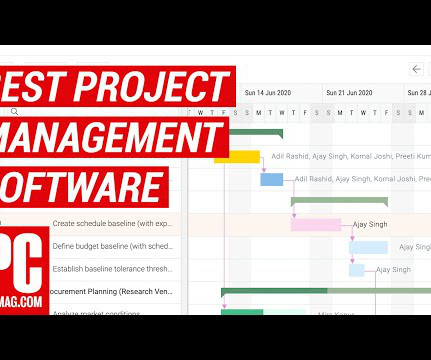125 Project Management Buzzwords
The IIL Blog
OCTOBER 17, 2023
Burndown Chart A tool in Agile project management that tracks the work completed and the work remaining to help teams manage progress. Business Analysis A process in which an individual identifies business needs, defines solutions and facilitates change to meet organizational goals. Also known as continuous process improvement.
























Let's personalize your content